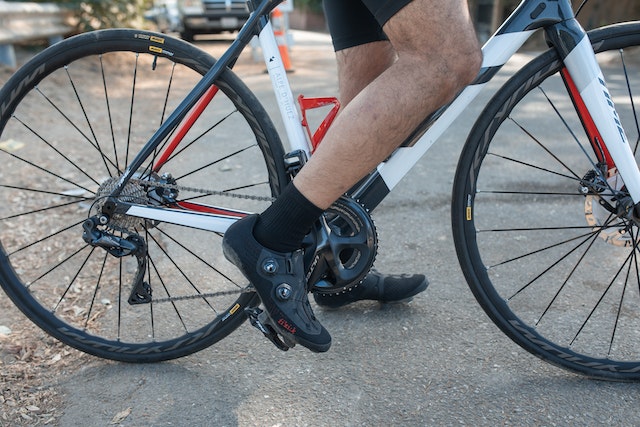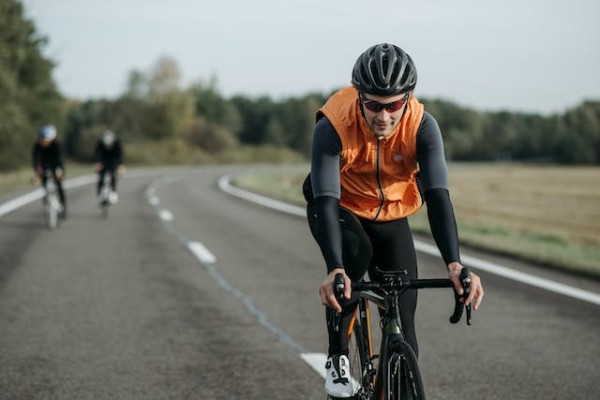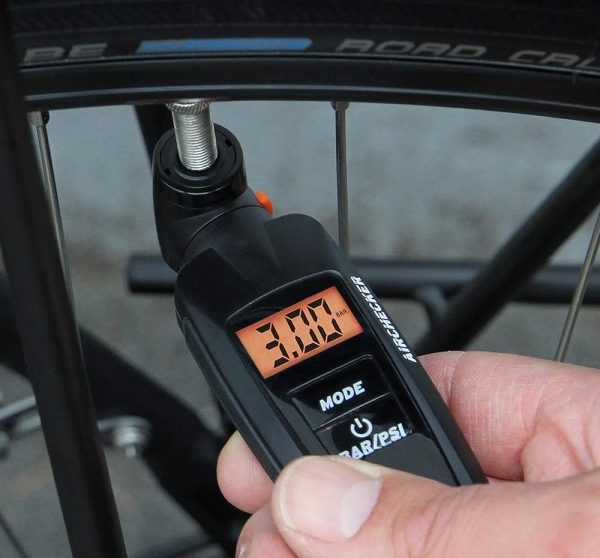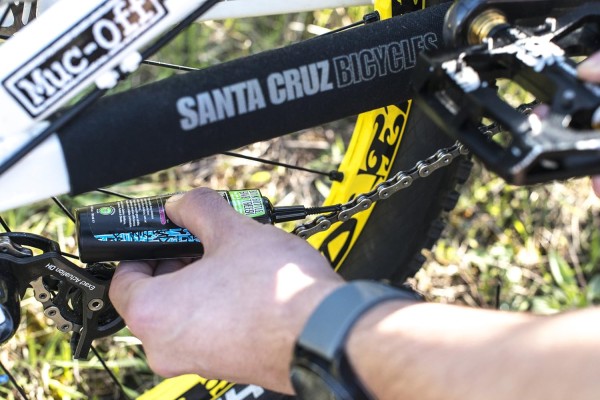Do you ever wonder why professional cyclists wear those sleek, clip-in shoes while zooming past you on the road? Or why marathon runners don’t opt for the same type of footwear? Well, here’s the truth: There is a world of difference between cycling shoes and running shoes. Understanding these differences can make all the difference in your performance, comfort, and overall enjoyment of your chosen sport.
When it comes to cycling shoes versus running shoes, it’s not just about style or preference. It’s about function and efficiency. Cycling shoes, with their stiff soles and specialized cleats, are designed to maximize power transfer from your legs to the pedals, resulting in a smoother and more efficient pedal stroke.
On the other hand, running shoes are built for impact absorption, cushioning, and support, helping to reduce the strain on your joints and muscles. We’ll explore the key factors that set cycling shoes apart from running shoes. From sole design and cleat compatibility to weight distribution and closure systems, we’ll delve into the nuances that make each type of shoe unique.

1. Sole Design and Stiffness
When it comes to cycling shoes, the sole design is crucial for optimal performance. Unlike running shoes, cycling shoes have a stiffer sole that allows for better power transfer from your legs to the pedals. This means that every ounce of energy you put into each pedal stroke is efficiently transferred to the bike, giving you a more efficient ride. The stiffness of the sole also helps to distribute pressure evenly across the foot, reducing the risk of hot spots or discomfort during long rides.
In addition to the unique sole design, cycling shoes also have cleats that attach to the pedals. These cleats provide a secure connection between your feet and the bike, allowing for efficient pedaling and better control. The stiff sole and cleat system work together to ensure that your feet stay in the optimal position for maximum power output.
If you’re looking to take your cycling to the next level, investing in a pair of cycling shoes with the right sole design and stiffness is essential. Not only will they enhance your performance, but they will also make you feel like a part of the cycling community, giving you that sense of belonging that every cyclist desires.
2. Cleats and Pedal Compatibility
Furthermore, when it comes to cleats and pedal compatibility, finding the perfect fit can make or break your performance on the bike. The type of shoe you choose will ultimately depend on the type of pedal system you use and the style of riding you prefer.
Here are some key points to consider:
- Look for compatibility: Different cycling shoes are designed to work with specific pedal systems. It’s essential to ensure that your shoes are compatible with the pedals you have or plan to use. This will provide you with the best power transfer and stability.
- Consider float: Float refers to the degree of movement allowed for your feet on the pedals. Some riders prefer a fixed position, while others find a little bit of movement more comfortable. Look for shoes that offer the right amount of float for your riding style.
- Adjustability is key: Cycling shoes often come with adjustable cleats. Being able to fine-tune the position of your cleats can help improve your pedal stroke efficiency and reduce any discomfort during long rides.
- Seek professional advice: If you’re unsure about which cleats and pedal system to choose, it’s always a good idea to seek advice from a professional bike fitter or your local bike shop. They can help you find the best combination for your specific needs.
Remember, having the right cleats and pedal compatibility is crucial for a comfortable and efficient ride. So, take the time to find the perfect fit and enjoy your cycling journey to the fullest!
3. Weight Distribution and Efficiency
Consider how weight distribution and efficiency can greatly impact your riding experience. When it comes to cycling shoes versus running shoes, one key difference lies in the weight distribution. Cycling shoes are designed to distribute your weight evenly across the entire foot, which helps to maximize power and efficiency during your pedal strokes. On the other hand, running shoes are designed for a heel-to-toe running motion, with more emphasis on cushioning and shock absorption. This difference in weight distribution can make a significant impact on your performance and comfort while cycling.
To better understand the importance of weight distribution, let’s take a look at the following table:
| Cycling Shoes | Running Shoes | |
|---|---|---|
| Weight | Light | Heavier |
| Sole | Stiff | Flexible |
| Foot Support | Full | Arch support |
As you can see, cycling shoes are lighter and have stiffer soles, allowing for a more efficient transfer of power from your legs to the pedals. They also provide full foot support, ensuring that your feet remain in the optimal position throughout your ride. These factors contribute to a more comfortable and efficient cycling experience.
If you want to optimize your cycling performance, it’s crucial to choose the right footwear that promotes proper weight distribution and efficiency. Cycling shoes provide the necessary support and stiffness to enhance your riding experience while running shoes are better suited for the repetitive motion of running. So, invest in a pair of cycling shoes to truly belong to the cycling community and enjoy the benefits they bring to your rides.
4. Closure Systems and Support
When it comes to cycling shoes, closure systems play a vital role in providing a secure fit and maximizing your performance. Unlike running shoes, cycling shoes typically feature specialized closure systems such as ratchet straps, Velcro straps, or boa dials. These systems allow you to easily adjust the tightness of the shoe, ensuring a snug fit that prevents any movement or slippage while you pedal.
The support offered by cycling shoes is also crucial for optimal performance. Cycling shoes are designed with a stiff sole that efficiently transfers power from your legs to the pedals. This stiffness enhances your pedaling efficiency, allowing you to generate more power with each stroke. Additionally, cycling shoes often have a rigid heel cup that provides stability and prevents any unwanted movement within the shoe.
By choosing the right closure system and support in your cycling shoes, you’ll experience a sense of belonging to the cycling community. You’ll feel connected to fellow riders who understand the importance of these features and the impact they have on your overall performance.
When selecting your cycling shoes, prioritize closure systems and support to ensure a comfortable and efficient ride that makes you feel like you truly belong on the road.
Impact Absorption and Cushioning
As you slip into your cycling shoes, you’ll feel the impact absorption and cushioning working harmoniously to provide a smooth and comfortable ride. This is one of the key differences between cycling shoes and running shoes. While both types of shoes have some level of cushioning, cycling shoes are specifically designed to absorb the impact of pedaling and provide support to the foot in a different way than running shoes.
To illustrate this difference, let’s take a look at the impact absorption and cushioning features of both types of shoes in the table below:
| Cycling Shoes | Running Shoes |
|---|---|
| Stiffer sole to transfer power efficiently | Flexible sole to absorb shock and provide cushioning |
| Cleats for efficient pedal engagement | Grippy outsole for traction on various surfaces |
| Secure closure system to prevent foot movement | A lace-up or adjustable closure system for a snug fit |
| Ventilation for breathability | Breathable upper materials to keep feet cool |
As you can see, cycling shoes prioritize power transfer and stability, while running shoes focus on shock absorption and flexibility. This distinction is essential for cyclists who want to maximize their pedal stroke efficiency and feel connected to their bike.
By understanding the differences between cycling shoes and running shoes, you can make an informed decision about which type of shoe is best suited for your cycling needs. Whether you’re a casual rider or a competitive cyclist, the right shoes will provide the comfort and support you need for an enjoyable and successful ride.
Frequently Asked Questions
Are cycling shoes suitable for running or walking?
No, cycling shoes are not suitable for running or walking. They are designed specifically for cycling and have features like stiff soles and cleats that help with pedal efficiency but can be uncomfortable for walking or running.
Can I use running shoes for cycling?
No way! Using running shoes for cycling is a recipe for disaster. They won’t give you the support and stability you need. You’ll feel like a wobbly duck on a unicycle! Stick to proper cycling shoes for a smooth ride.
What type of cleats should I use with my cycling shoes?
You should use cleats that are compatible with your cycling shoes. Look for cleats that match the type of pedal system you have. Different cleats work with different pedal systems, so make sure they are compatible for optimal performance.
How do closure systems in cycling shoes differ from those in running shoes?
Closure systems in cycling shoes differ from running shoes. They offer a more secure and adjustable fit, with options like ratchets, BOA dials, and velcro straps. This ensures comfort and maximizes power transfer while cycling.
Do cycling shoes provide enough cushioning for long-distance rides?
Yes, cycling shoes provide enough cushioning for long-distance rides. They are designed with padding and support in the right areas to ensure comfort and reduce fatigue during extended cycling sessions.
Conclusion
Now you know the key differences between cycling shoes and running shoes. While both types of shoes are designed for different activities, they play a crucial role in enhancing performance and preventing injuries.
It’s interesting to note that using cycling shoes can increase your efficiency on the bike by up to 25%. This statistic highlights the importance of investing in the right footwear for each activity, ultimately leading to a better and more enjoyable experience.





